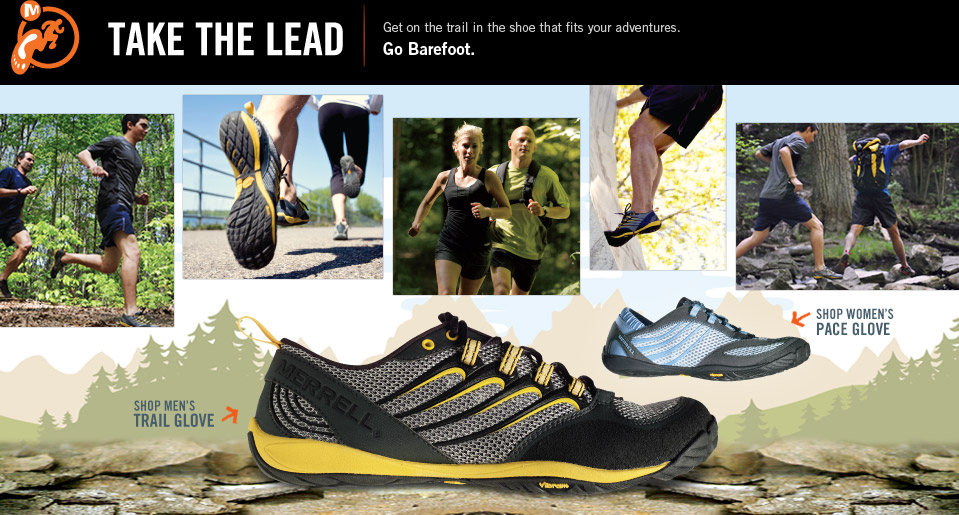I first started running when I was in high school. I decided to join the track team because I had a crush on a girl that ran track. What can I say, girls that run track are hot. I only ran my senior year before getting recruited at the college level. All through out college I was plagued every season with injury after injury. Plantar fasciitis, stress fractures, tendinitis, my joints creaked and popped with every step. In those days I never considered form. I thought injury was just a natural part of running, and I was running 70 to 90 miles per week. Despite injury I managed to perform well enough to make it on the national team 4 times and eventually become All-American my senior year.
It wasn't until after college that I began to discover the cause of my injuries. It was 2001 while I was attempting to run through a sever case of plantar fasciitis while training for my first full marathon. In college I always just went to the trainer and he would say "Well, ice it and stay off it for a while." This always managed to deal with the immediate problem, but it never confronted the cause.
With no trainer to turn to, and myself studying to become a personal trainer, I did the research on my own. come to find out I, like 75% of shod runners was a heel striker, (a common flaw in shod running populations.) Come to find out, landing on your heels with each stride creates an enormous impact with each stride, (estimated about 3x body weight.) The answer then is to decrease the impact. to decrease the impact I needed to change to a forefoot stride. The process I used to do this is simply running barefoot.
I don't know why I had never considered this before, after all this is how humans ran for about 6 million years. Come to find out, nearly all shod runners that transition to barefoot, not just myself, will naturally transition to a forefoot stride, because when barefoot it is uncomfortable to run on your heels.
Barefoot runners have also noticed it is uncomfortable to run on your heels. Shoe companies have noticed this also and have attempted to fix this by padding the heel. this did make it more comfortable, but it is not the appropriate solution. If it is uncomfortable to run on your heels, don't run on your heels. After I discovered this it just seemed like common sense. If it hurts every time you punch yourself in the face, is it better to put on a boxing glove, or simply to not punch yourself in the face. Perhaps not the best analogy, but I think you get the point.
Transitioning to barefoot was not easy. I started out just a mile at a time, and after each run my calves were sore like I had never used them before, (really I hadn't.) It took months to condition my calves to barefoot running, in the mean time I put in most my miles shod, but focusing on the fore foot strike.
After allowing my body to learn to run barefoot, I then transitioned into minimalist shoes. Running barefoot is an excellent training technique to find natural running form, but running barefoot does admittedly become uncomfortable after a certain number of miles dependent on the terrain. For this reason, I now do most of my running in minimalist running shoes, but on occasion will still run barefoot to ensure I am not altering my natural running form.


 With its February 1st 2011 release of its
With its February 1st 2011 release of its